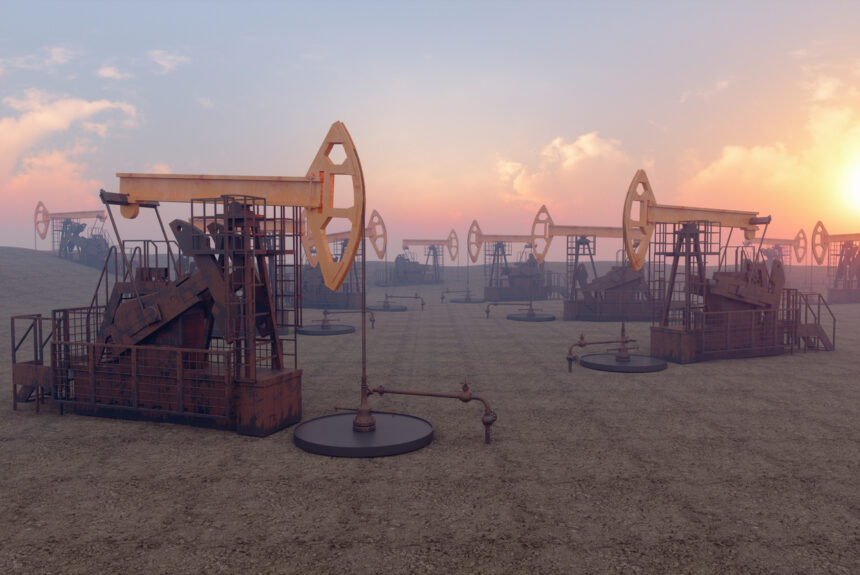Over 2.6 million inactive oil wells exist in the U.S. and Canada alone, a situation that poses a serious challenge to our ability to reduce greenhouse gas (GHG) emissions. According to the EPA, abandoned wells emit over 280,000 metric tons of methane per year, which is the equivalent GHG profile of 1.7 million gas-powered vehicles. Entrepreneurs and the private sector are finding opportunities to transform this environmental challenge into a climate solution.
>>>READ: How Conservation Programs Make the Case for Conservatism
One unique solution comes from Texas-based Renewell Energy which is turning abandoned oil wells into sources of clean energy production and storage. The wells are retrofitted with a special gravity-based mechatronic energy conversion system that stores and discharges energy by raising and lowering a long cylindrical weight—which is made from recycled oilfield materials and equipment — that is located in the existing well. Mechanical energy from this process is converted to electricity via a high-efficiency motor.
The U.S. Department of Energy (DOE) is also involved in this space, recently investing $8.4 million into four grantees that are launching geothermal-related reclamation projects. Austin-based Geothermix will harvest waste heat from existing oil and gas wells to generate geothermal heat on a commercial scale. The University of Oklahoma is using heat from an Oklahoma oilfield to provide energy for Elementary and Middle Schools in Tuttle, enabling the schools to benefit from considerable cost savings.
Over in California’s San Joaquin Valley, ICE Thermal Harvesting is set to produce electricity from former wells using innovative power generation technology enabling it to harvest heat from varying sources. The modular system then aggregates the energy into one heat loop which is automated and delivered to a rankine cycle generator. In Nevada, Transitional Energy is installing American-made geothermal heat engines at Blackburn Oilfield to produce energy, allowing them to construct a new rural electric vehicle charging infrastructure.
Disused oil wells also provide a potential source of extremely valuable lithium. The technology involved in extracting lithium from brine is in an early stage of development but is progressing fast. Edmonton-based Recion Technologies is working on proprietary patent-pending processes designed to extract, purify, and produce lithium from the lithium-bearing saline waters found in oilfields. Meanwhile, Calgary-based E3 Lithium has just obtained a license from the Alberta Energy Regulator to construct and operate a pilot system for extracting lithium from depleted oil and gas fields beginning in late 2023.
>>>READ: Domestic Energy Helps with Conservation and Energy Security
Even abandoned marine-based oil rigs are being turned into valuable environmental resources. Alabama, Florida, Louisiana, Mississippi and Texas now have proactive rigs to reefs programs, which have been highly successful in regenerating marine wildlife. Scientists Emily Hazelwood and Amber Sparks from California-based Blue Latitudes have taken the concept worldwide, reefing rigs from Thailand to West Africa resulting in the preservation of key marine ecosystems and the regeneration of depleted fish stocks.
Through innovation and ingenuity, the private sector is turning environmental hazards into sources of clean, reliable energy production. In the future, lighting your home or powering your EV may come from abandoned and disused oil and gas wells.
Angela Youngman is a long established freelance journalist and author based in the UK specialising in business, sustainability, travel, tourism, leisure, food & drink.
The views and opinions expressed are those of the author’s and do not necessarily reflect the official policy or position of C3.
